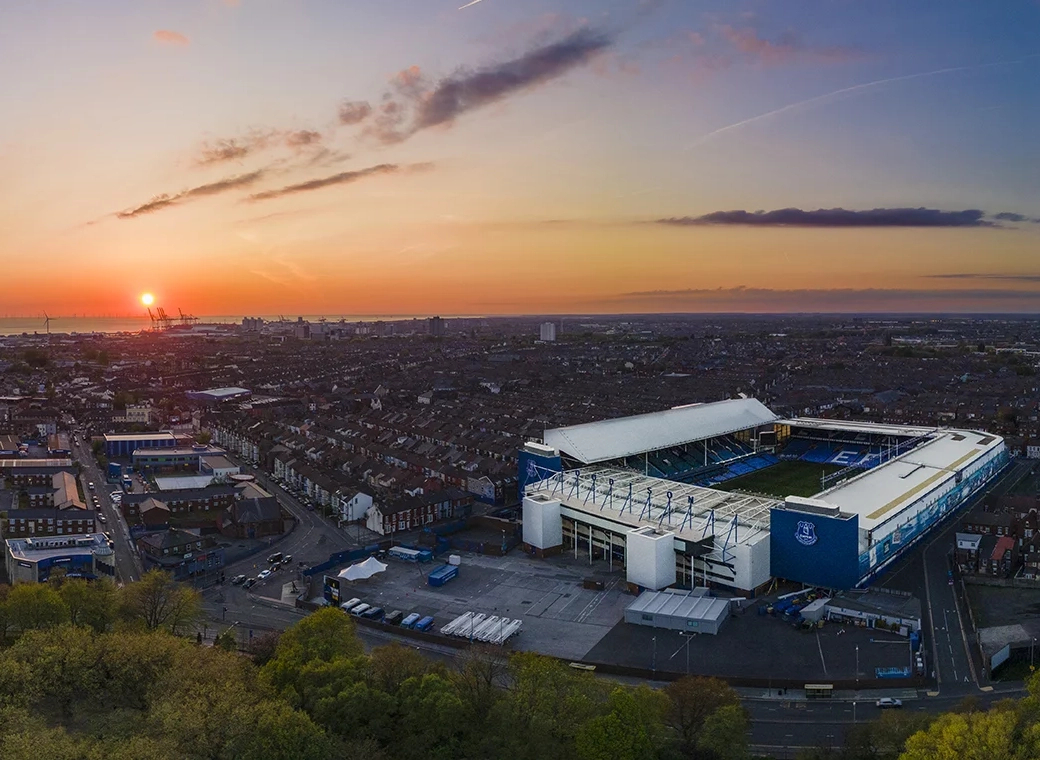They are different measures (70% squad cost vs profitability), and they have somewhat different components, but the player cost aspects are similar.
If you sell a player, the profit from that sale (sale price-remaining amortized fee) is profit for PSR and for SCR.
It's not just a simple matter of reducing wages. If you get a 10 million fee for McGinn, and save 6 million on his wages, that's 16 million gain for this year (his registration is fully amortized) for both PSR and SCR.
SCR is more stringent however, as the ratio equates to lower squad costs than what PSR eventually allows.
Its two different measures which you aren't quite right on.
Of course money coming in is important and PSR is something that will always be rearing its ugly head. However, where you're missing the point is one is sustainability on what you spend based on revenue, whereas the other is around the losses and what is permitted. As it stands we are not looking to sell any players because of FFP because we are compliant. However, where we aren't compliant is SCR. We could still but a £50m player, let's say, and be PSR compliant, but unless the cost of the squad is in line with revenue as mentioned we wouldn't be compliant. Our fine was for that and not PSR/FFP.
Transfer fees are also not counted in being compliant for SCR. Revenue for SCR primarily comes from Matchday income; Broadcasting revenue and
Commercial income (sponsorships, merchandise, etc). its also why you see Villa Par4k being used as a music venue over the summer. Why are new ground build has come with a music/entertainment venue for 3000 or so fans on matchday, but also to be used again as a music and boxing venue going forward.
However, to confuse the point and as mentioned above we could buy a player lets say for that £50M figure I mentioned, put him on a 5-year deal, and the £10M per year (amortised cost) counts toward your SCR limit.
To put it simply SCR controls squad spending as a percentage of income.
PSR limits total losses over a 3-year period.











